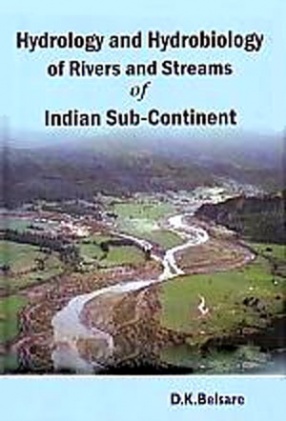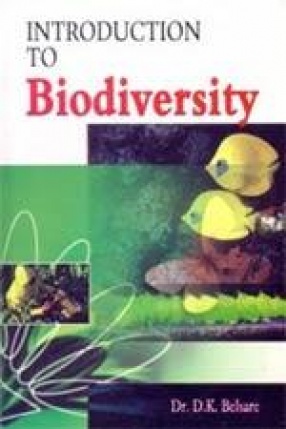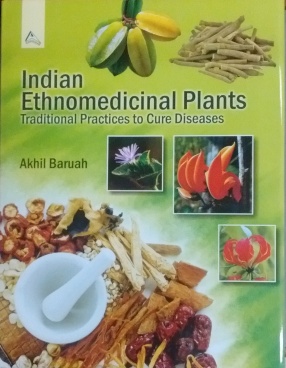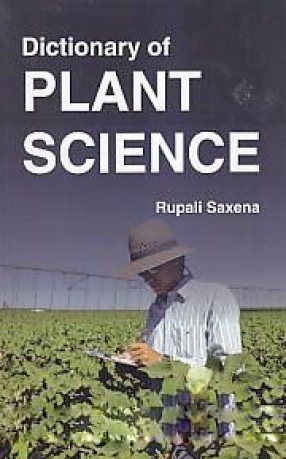Water is life, in fact, life started from water. It generates energy, flourishes nature, sustains biodiversity and brings and brings us prosperity and happiness. It is used for transport, irrigation, industries, domestic purpose, adventure sports and provides livelihoods to the people.
Hydrological aspects of rivers and streams are better known, but their biotic components, which maintain their water quality, are comparatively less known. The biological diversity and ecological integrity of water are closely linked with the vitality of freshwater streams embedded in the landscape. For successful spatial planning of watershed, the management of streams plays a crucial role, because streams and water bodies are down gradient of most human activities and they receive a disproportionate burden of pollution and disturbance in developed region. Unplanned canal system for irrigation has devastating effects on their water regime. Therefore, understanding the hydrology and hydrobiology of streams and rivers is required to solve the problem of water crisis.
The increasing frequency and severity of natural disasters like floods, droughts, cyclones and storms is directly related to continuous environmental degradation in the Indian sub-continent region. Added to that global warming is also playing a crucial role in severe weather patterns As a result the glacial melt from the mountains in the Tibetan Plateau is increasing year after year. This plays a significant role in altering the ecology of the whole Indian sub-continent. These rivers not only provide life-sustaining water, but also bring with them fertile soils from the high Tibetan Plateau to the prime agricultural regions of the downstream countries.
Glaciers in the Himalayas are melting much faster than anticipated which will lead to disruption in water supplies within the next 25 to 30 years. Due to continuous global warming severe weather patterns may increase floods in rainy seasons and heat wave and draught in summer. Heavily populated coastal regions, including the deltas of Ganges and other major rivers are likely to be at higher risk of increased flooding. Such calamities are going to be more widespread and may hamper rapid economic growth and urbanization. Increased disruption due to these climatic factors is likely to reduce crops thereby increasing the risk of widespread poverty, hunger and death. Such calamities may also lead to increased incidences of diseases such as diarrhea, cholera, malaria, dengue and many other life threatening illnesses. This book is aimed at to know characteristics of hydrology and biotic components of rivers and streams that are embedded in landscape of this Asian region.







There are no reviews yet.